Acclimating your fish like a Fish Scooper Extraordinaire
As your skill level in this hobby increases, you will learn that properly acclimating your fish can often be one of the most important steps in creating a healthy community aquarium. There are 3 methods, and for the average fishkeeper, the most important to learn is the float method.
While acclimating your new fish, consider rearranging one or two decorations if you have an aggressive fish in your aquarium.
The float Method
This method is ideal for most freshwater fish and hardy saltwater fish like damsels and clownfish
• Scissors or razor
• Bucket (helpful)
• Algae or lettuce clip (helpful)
• Measuring cup
• Watch or timer
1. Float the sealed bag in your aquarium for 15 to 30 minutes to acclimate it to the aquarium temperature.
2. After the temperature is adjusted, carefully cut it open as close to the top as possible and roll down the top edge of the bag (like a shirt sleeve) to create an air pocket within the lip of the bag. This air pocket will allow the bag to float on the surface of the water.
3. Add 1 cup of aquarium water to the open bag, while it floats.
4. Repeat step 5 every five minutes until the bag is full.
5. Drain half of the
water from the bag to the sink.
6. repeat steps 3-4. This will further acclimate the new aquatic life to your system and will eliminate most of the water originally in the bag.
7. Once the bag is full again, remove it from the aquarium and slowly pour off as much water as possible into a bucket without harming your aquatic life.
8. Unroll the top of the bag and gently submerge the bag on its side. Lift the bottom corner of the bag and allow your fish to swim out of the bag. If you have an invertebrate, submerse the bag fully and carefully turn the bag upside down to remove the invertebrate.
9. Water remaining in the bag should be discarded, not poured into the tank (especially if not purchased from BPA).
The Drip Method
This method is ideal for all aquatic life, particularly saltwater invertebrates & stony corals. This method is superior to others because it is less labor intensive and eliminates osmotic shock.
• Scissors or razor
• Clean bucket with no chemical residues
• small hand clamp
• Drip Line (air line tubing with control valve)
• Watch or timer
• Large Cup
1. Cut the bag and transfer the aquatic life into your bucket. (remember to always handle corals by the base) If there is not enough water in the bag to cover your specimen then use a smaller bucket or prop the bucket on a very slight tilt to create a deep end for the specimen to reside in during the drip process. You can re-level the bucket once it is partially filled.
2. Secure the un-valved end of the drip-line in the aquarium with a small hand clamp, airstone anchor, or plant-weight anchor.
3. Open the airline control valve two full turns. While holding the free end of the airline tube below the water level of your aquarium, suck ONCE on the airline tube to start a siphon.
4. Tighten the control valve until it is dripping into the bucket at approximately 3-5 drops per second. If you have 3 or 4 bags of fish, you may increase the flow rate to 7 or 8 drops per second. Set your timer for 90 minutes and return to the bucket.
5. After 90 to 120 minutes, the water in your bucket should be doubled or tripled. Stop the siphon by closing the control valve. Using a large cup, remove half of the water in the bucket. Restart the airline control valve at a rate of 7 to 10 drops per second. DO NOT increase the flow to a constant stream.
6. After dripping for another 90-120 minutes, your fish are ready to be introduced into your tank. The ideal method of transfer is to move the fish from the drip bucket to the aquarium using a large “dip cup”. You may use a net to transfer invertebrates and corals. Do not put any water from the bucket into the aquarium. Even if it has as little disease-free as BPA’s water, stressed invertebrates often excrete harmful toxins into the water.
The Quick Method
This method is only ideal for situations where the fish are listless, gasping for air, or the water in the bag has become foul.
1. float the bag for 15 minutes.
2. Cut the top off the bag, pour off as much water as you can without harming your aquatic life.
3. partially submerge the bag on its side. lift the bottom corner of the bag and allow your fish to swim out of the bag. If you have an invertebrate, submerse the bag fully and carefully turn the bag upside down or remove the invertebrate (remember to only handle corals by the base).
4. Any remaining water in the bag should be poured into a bucket or sink, not the tank.
Helpful Details
• Turn off the aquarium lights during acclimation of aquatic life and for 3 to 4 hours after their release.
• Be patient and don’t rush the acclimation process.• Always avoid netting plecos and catfish as their barbs easily tangle in the net.
• Have a towel handy to wipe up any spills.
• If your bag does not stay put, secure the bag to the aquarium side with an algae or lettuce clip or small clamp. Avoid using a net if at all possible. Nets remove the protective slime coat on the fish.
• A “dip cup” is preferrable over a net when moving new fish. This is less harmful to your fish’s slime coat.
• Never run an air bubbler when acclimating aquatic life. This is likely to alter the pH and increase ammonia toxicity.
•Turn off the lights and leave them off for 3-4 hours after the fish are introduced.

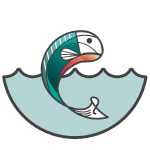
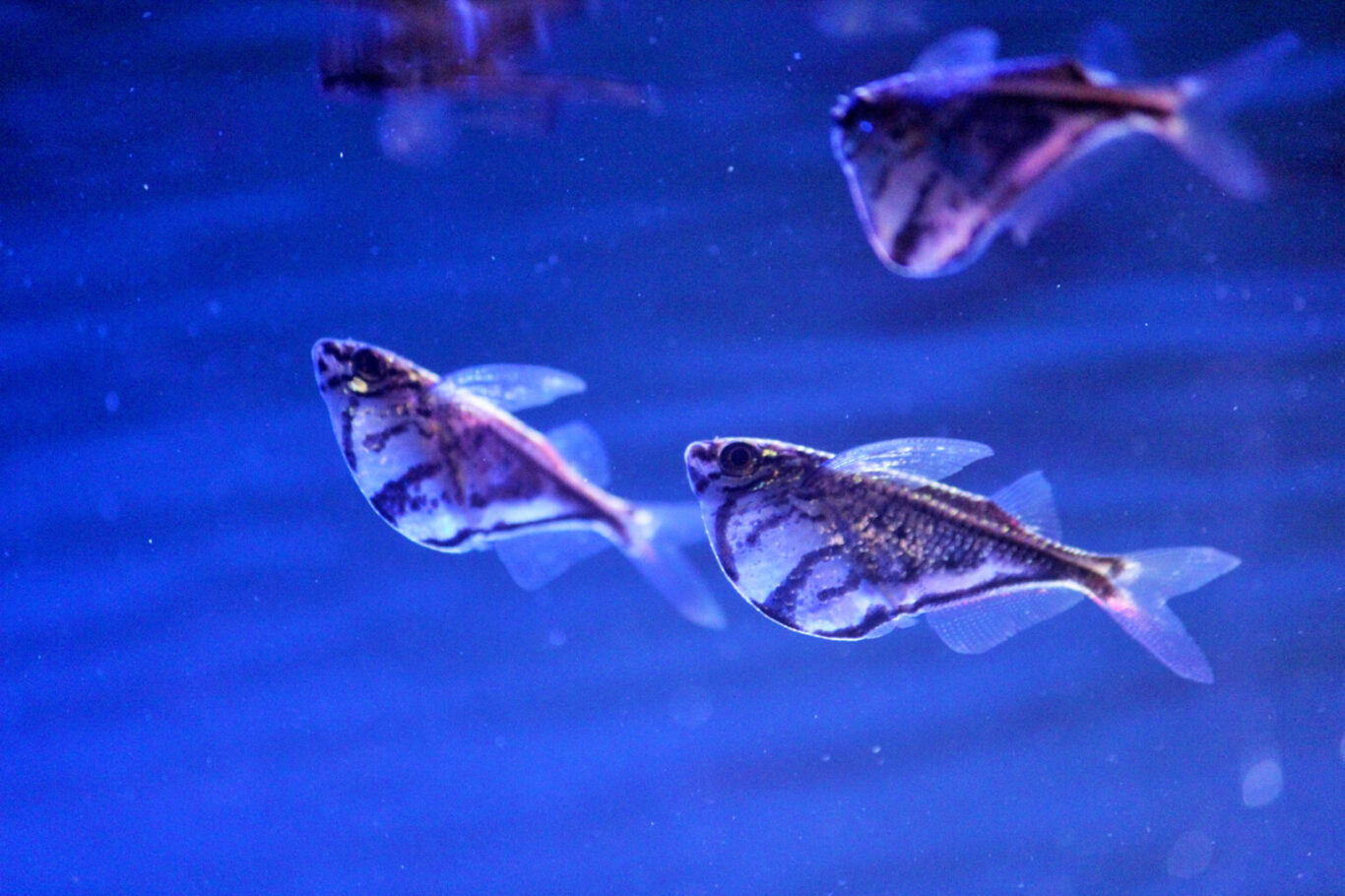




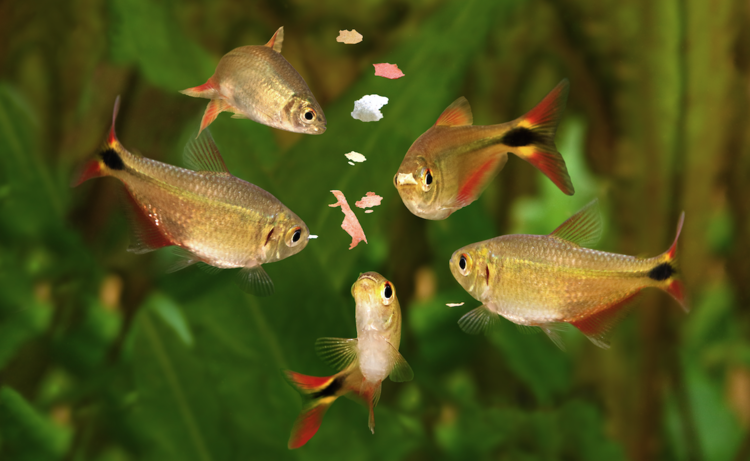
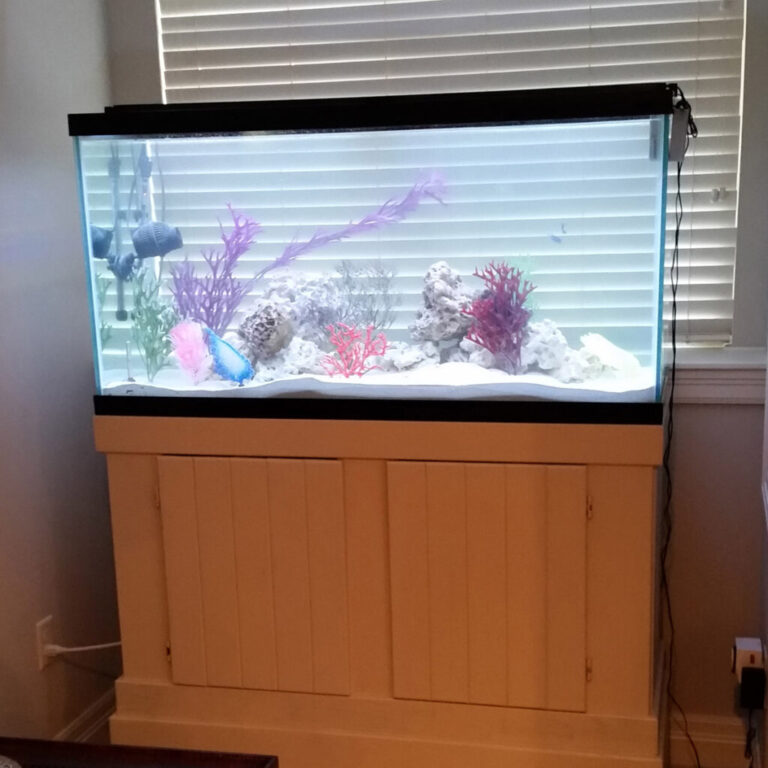
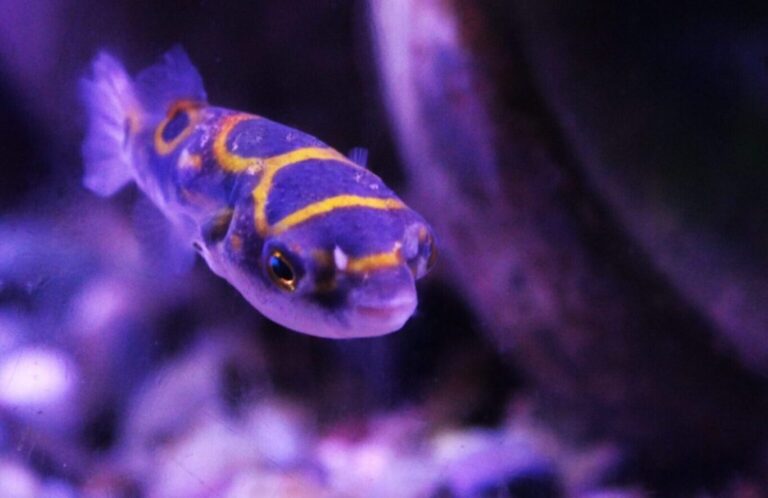
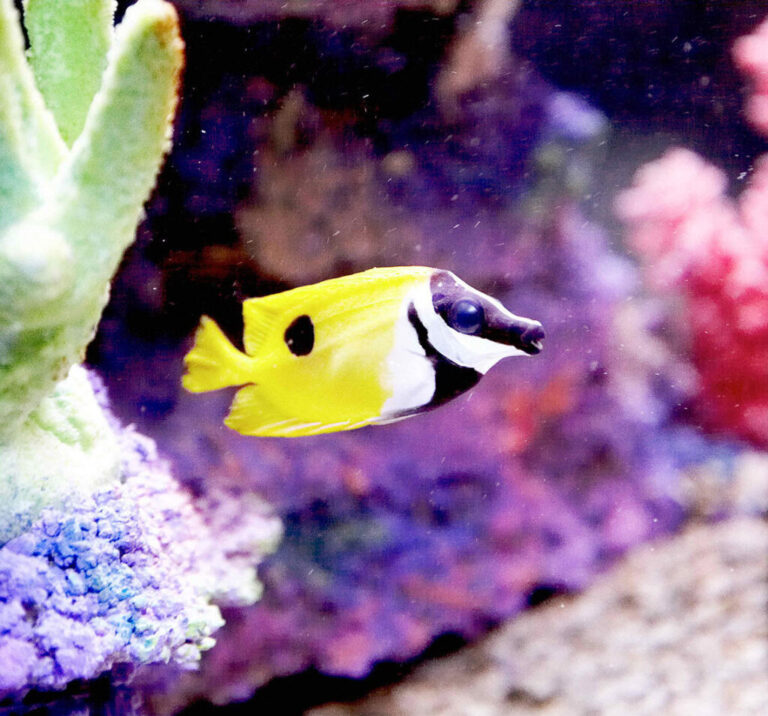
One Comment
Comments are closed.